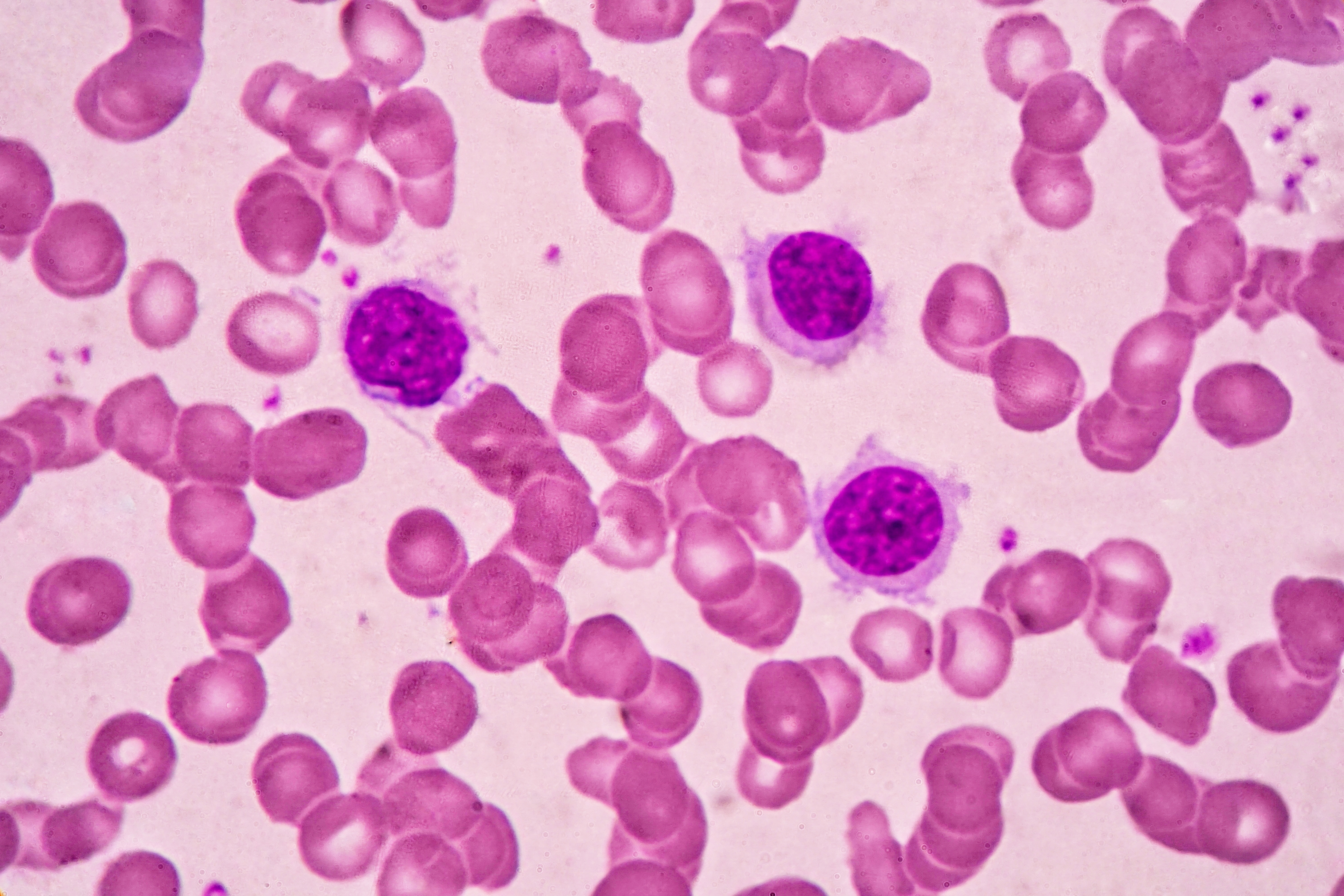
There are at least 7,000 diagnosed rare diseases, affecting 30 million people in the U.S. These figures from Global Genes, a rare disease advocacy organization, are likely an underestimate given that new rare diseases continue to be discovered.
Some clinical syndromes currently lack a clear diagnosis at all because they have never been seen before. The unmet need is staggering; the mean time to diagnosis of a rare disease is 4.8 years from symptom onset, and patients will see an average of seven physicians prior to receiving an accurate diagnosis. Furthermore, the Kakkis EveryLife Foundation found that about 95 percent of rare diseases have no FDA-approved treatment leaving physicians with few options beyond supportive and/or symptomatic care.
Fortunately, progress in the overall care of patients with a rare disease is strengthened by a uniquely strong community of patients, caregivers, and advocacy groups.
While a rare disease was defined in the U.S. by the Orphan Drug Act as comprising fewer than 200,000 patients, by that standard most cancers would be considered rare.
But in oncology, “rare” is generally held to a different standard: an incidence as low as less than six per 100,000, according to RARECARE. Furthermore, a 2017 study from the American Cancer Society uncovered that patients with rare tumors make up about 20 percent of the overall cancer patient population.
Unfortunately, like rare disease in general, patients with rare cancers suffer from delays in diagnosis as well as a lack of effective treatments, robust clinical trial data, and evidence-based practice guidelines. In oncology, this means demonstrably poorer outcomes compared to more common cancers, putting patients with rare cancers at a disadvantage. Indeed, a recent analysis of U.S. epidemiological data confirmed that five-year relative survival rates for rare cancers continue to lag behind those of more common ones. Increased awareness about rare cancers combined with new strategies for developing strong evidence-backed treatments and specialist partnerships will help the outcomes of rare cancers catch up with their more common cousins.
Prior to the advent of molecular genetics, the understanding of and approach to treating cancer was fairly blunt. Tumors were characterized primarily by the tumor’s site (breast, pancreas, lung, etc.) and histology (cell type). With this understanding, surgery was the ultimate targeted therapy, while non-specific, harsh chemotherapeutic approaches and other invasive procedures were customized on a tumor-by-tumor basis. Over time, molecular markers unique to specific tumor types started to be identified and utilized for diagnostic purposes as well as to inform treatment strategies.
Finally, the first treatment rationally designed to specifically target the unique genetic defect of a cancer was created – Gleevec (imatinib) was approved by the FDA for use in patients with chronic myelogenous leukemia (CML) in 2001. This breakthrough transformed CML from a death sentence to a chronic disease for many patients and heralded a turning point in the era of targeted therapy.
The success of Gleevec and its positive impact on the lives of patients validated a targeted approach to cancer and was a catalyst for even more enthusiasm about deciphering its genetic underpinnings, revealing that all tumors have unique molecular signatures. Common tumors that have long been characterized by virtue of their location and histology. They can now be broken down based on their molecular profile, giving rise to multiple rare subgroups. For example, one subtype of non-small-cell lung cancer (NSCLC) characterized by a particular tumor-promoting chromosomal rearrangement and known as ALK-positive NSCLC, is quite rare (less than 5 to 7 percent of all NSCLC). This kind of molecular characterization has had profound implications for drug development, since those unique tumor drivers can be specifically targeted. Indeed, there are now four FDA-approved drugs for ALK positive NSCLC.
Subdividing tumors based on molecular profile supports an understanding of oncology as an even more complex and heterogeneous disease than once thought. Rare subgroups have been identified, not only of NSCLC, but of other common tumors like breast cancer and melanoma, as well. As cancers are further defined based on molecular profiles, the number of rare cancers rise. Why does this matter? Clearly, these tumor-promoting molecular drivers can be capitalized upon for further, more targeted drug development.
In addition, some of these drivers are not unique to just one tumor type. For example, mutations in the gene BRAF have been found to be important in subgroups of melanoma, NSCLC, thyroid cancer, and others. Clinical trials are being increasingly designed to enroll patients with tumors characterized by molecular marker, regardless of the organ affected. This has led to a newer research approach-called a “basket trial,” in which patients’ tumors are first screened by DNA sequencing. Based on the genetic background of the tumor and its identified mutations, one of many drug candidates is chosen to be tested in that patient. Not only is this design flexible and efficient, it also addresses a key challenge in studying rare cancers, namely, the limited number of patients available for clinical trials. Several basket trials are well underway.
The shift in how we think about and characterize cancer is already changing the way new drugs are developed, how they’re tested, and how they are integrated into clinical practice. It also supports the endeavor of achieving a truly personalized form of precision medicine. Furthermore, multidisciplinary team-based approaches are increasingly important; rare cancers typically require a very high-level of specialization and collaboration primarily found at expert centers. As more rare cancers are identified, both new entities and genetically-defined rare subtypes of more common cancers, the way healthcare professionals partner together to care for a patient throughout the journey will likely evolve as well. There are likely additional paradigm shifts in store.




